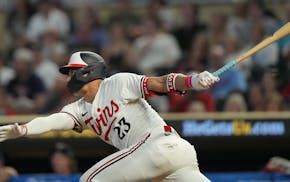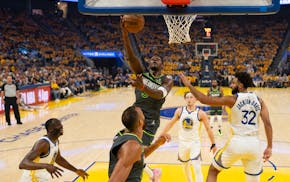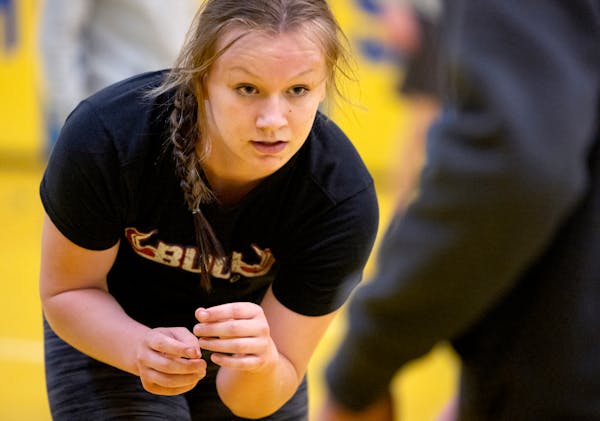The Minnesota State High School League's Board of Directors on Thursday approved a change to how the tennis state tournaments are seeded.
The board approved seeding the Class 1A boys and girls team tennis tournaments 1 through 5, with the three unseeded teams given first-round matches against the top three seeds by random draw. Seeds 4 and 5 will play each other in the opening round.
This change brings the Class 1A tournament in line with the way the Class 2A tournament and the individual tournaments in both classes are conducted.
The league voted down a proposal to seed the football state tournaments 1 through 8, meaning each class of football, with the exception of Class 6A, will proceed for at least one more year without being seeded. Class 6A places all 32 teams in predetermined brackets after seeding them 1 through 8 in four separate sections. Matchups in the other six classes of football are determined ahead of time when the MSHSL matches section against section before the season begins.
Currently, seeding in the state tournament is 1 through 5, with three teams left unseeded. Seeding is determined from input by tournament coaches before tournament play begins.
In other board actions:
- Postseason rosters in volleyball will be allowed to include 18 varsity players, up from 15.
- A proposal to add a third class of tennis was denied.
- Overtime in regular-season soccer games was abolished, allowing games to conclude as draws. Postseason games were not affected.
Football rules changes
The National Federation of High Schools (NFHS) announced a change to football rules intended to eliminate excessive penalty enforcement for offensive fouls that occur behind the line of scrimmage. The changes are based on recommendations made by the football rules committee during their annual meeting in Indianapolis in January.
Previously, fouls that occurred behind the line of scrimmage were enforced from the spot of the foul. The change specifies that most fouls will now be enforced from the spot of the ball, eliminating penalties that often set offensive teams back 20 yards or more.
In addition, the NFHS approved additional criteria to assist in identifying defenseless receivers, making exceptions for incidental contact as a result of making a play on the ball, plays initiated with open hands and attempts to tackle by wrapping arms around the receiver.

Twins drop Giants 2-1, thanks to Ryan's arm and Larnach's bat

Twins' Lewis controls what he can control — effort and attitude — as he deals with slump

Lynx pass a test of determination in preseason game against Sky

Fourth-quarter comeback gives Wolves 2-1 lead over Warriors in Western Conference semifinals

